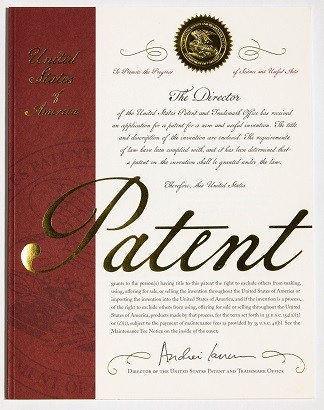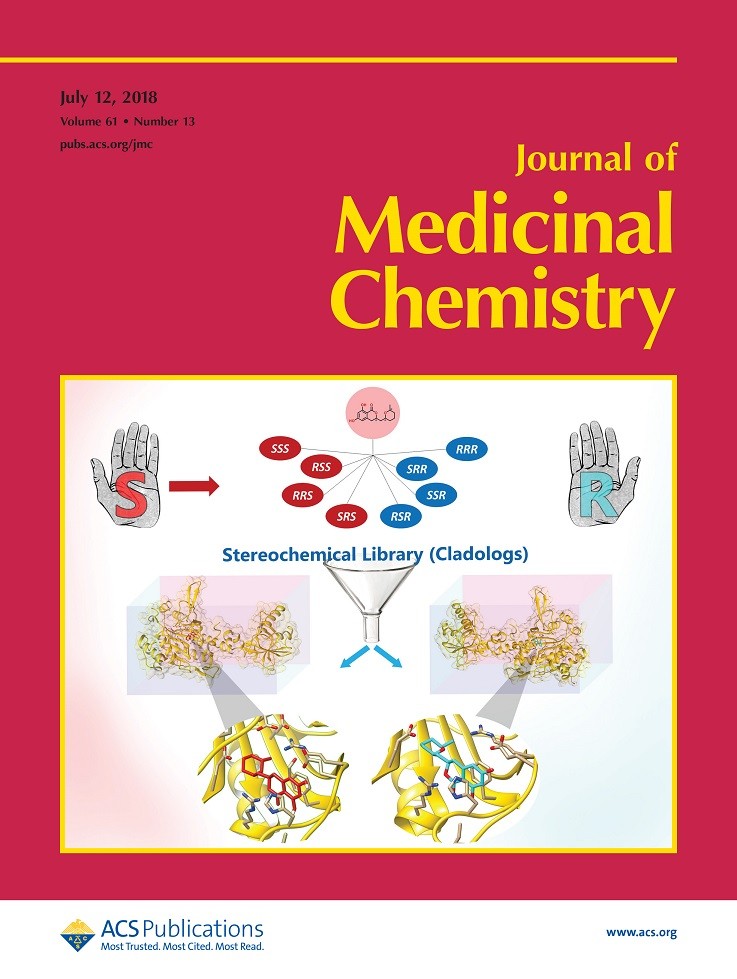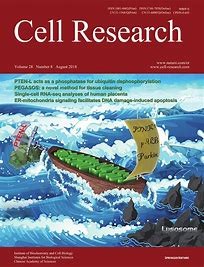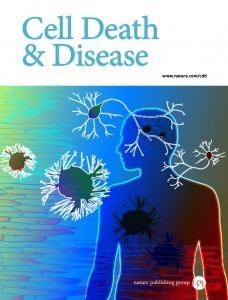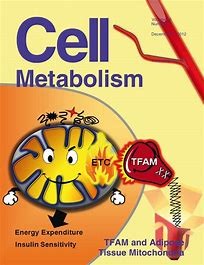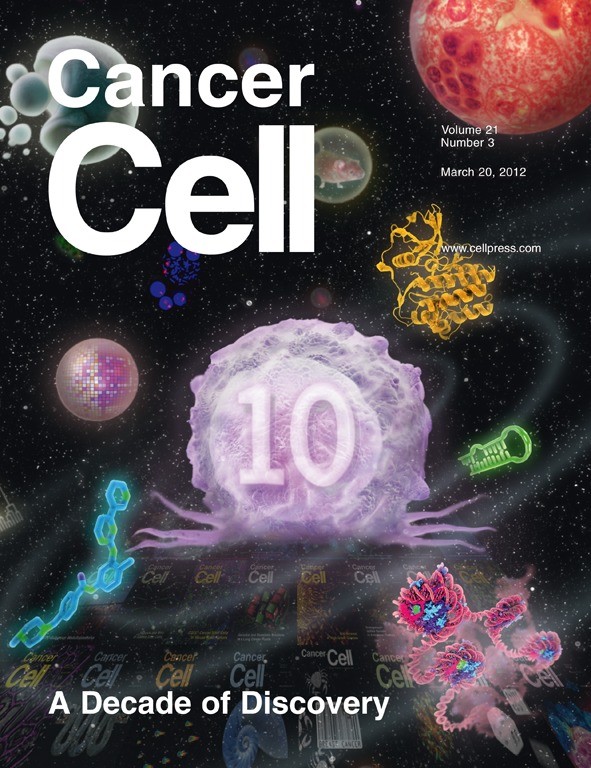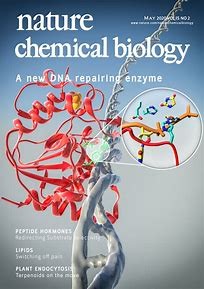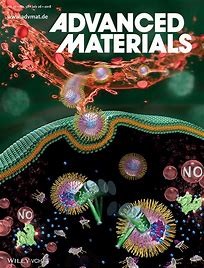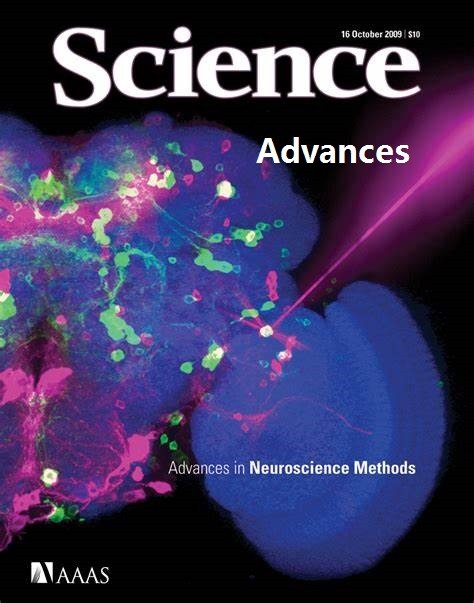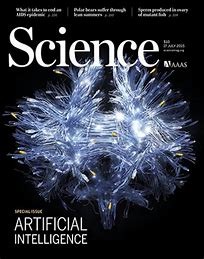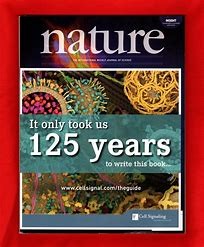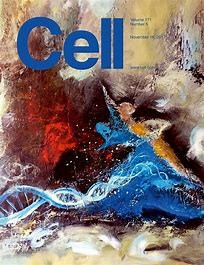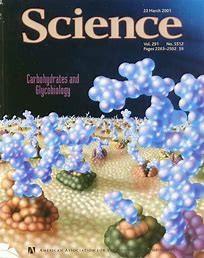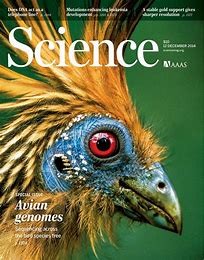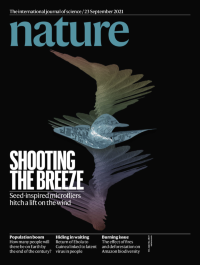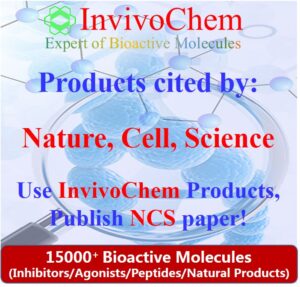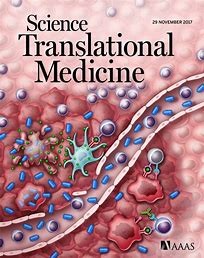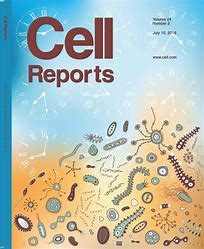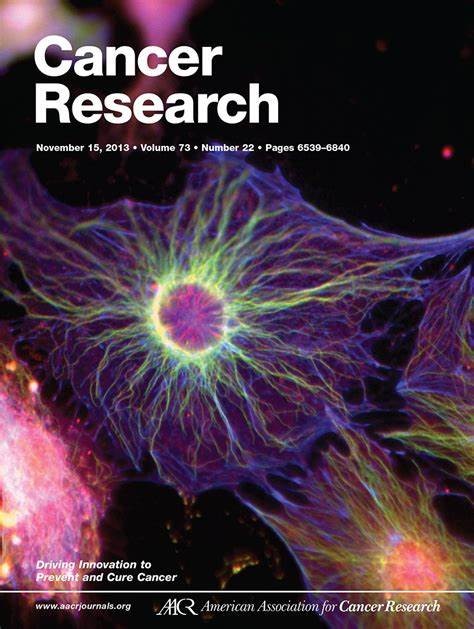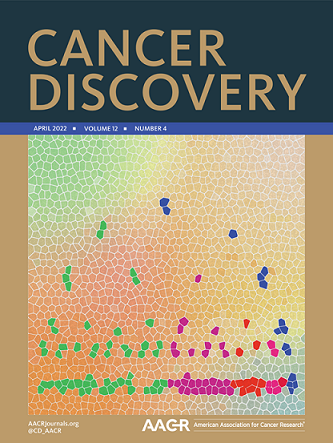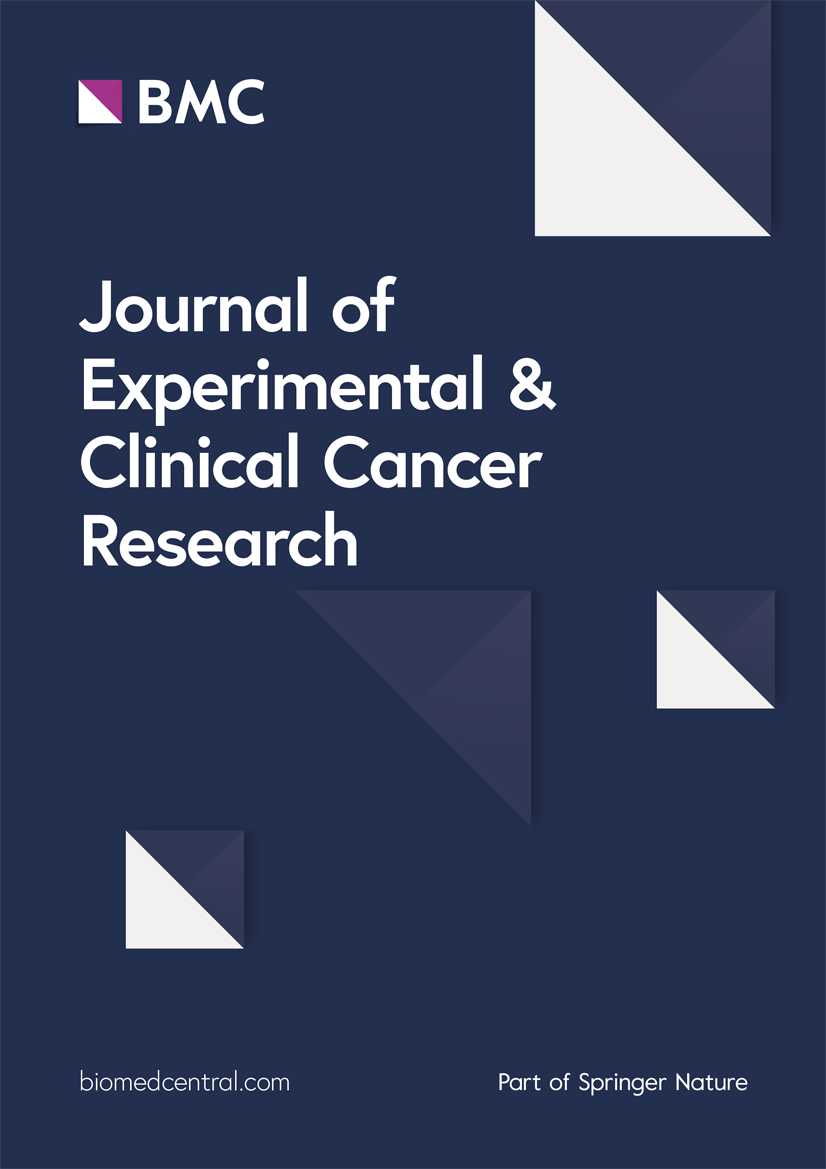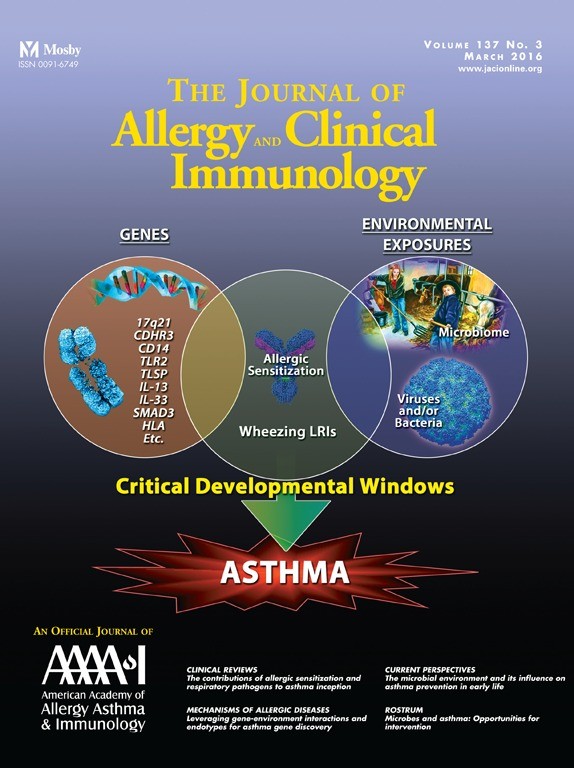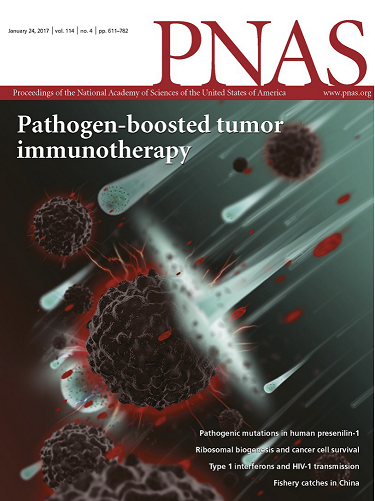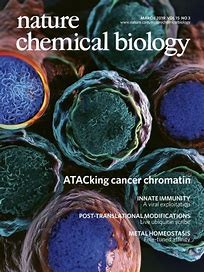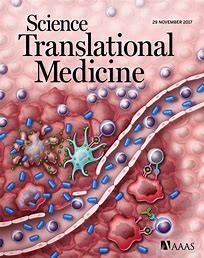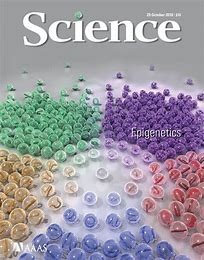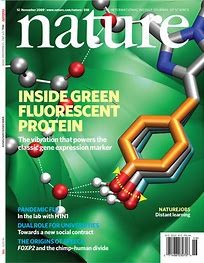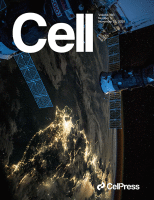Stiripentol (BCX2600)
This product is for research use only, not for human use. We do not sell to patients.
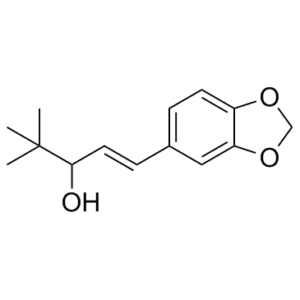
For small sizes, please check our retail website as below: www.invivochem.com
| Size | Price | Stock |
|---|---|---|
| 2g | $250 | Check With Us |
| 5g | $450 | Check With Us |
| 5g | $675 | Check With Us |
Cat #: V3877 CAS #: 49763-96-4 Purity ≥ 98%
Description: Stiripentol (formerly known as BCX-2600; BCX2600; STP; trade name: Diacomit) is an FDA-approved anticonvulsant drug that inhibits the activity of several cytochromes P450 (P450s).
Top Publications Citing Invivochem Products
Publications Citing InvivoChem Products
Product Promise
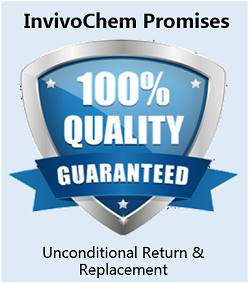
- Physicochemical and Storage Information
- Protocol
- Related Biological Data
- Stock Solution Preparation
- Quality Control Documentation
| Molecular Weight (MW) | 234.29 |
|---|---|
| Molecular Formula | C₁₄H₁₈O₃ |
| CAS No. | 49763-96-4 |
| Storage | -20℃ for 3 years in powder formr |
| -80℃ for 2 years in solvent | |
| Solubility In Vitro | DMSO: 150 mg/mLr |
| Water: N/Ar | |
| Ethanol: N/A | |
| SMILES Code | CC(C)(C)C(O)/C=C/C1=CC=C(OCO2)C2=C1 |
| Synonyms | BCX2600; BCX-2600; BCX 2600; STP |
| Protocol | In Vitro | Stiripentol (STP) is an anticonvulsant agent, which can inhibit N-demethylation of CLB to N-desmethylclobazam (NCLB) mediated by CYP3A4 (noncompetitively) and CYP2C19 (competitively). The inhibition of CLB demethylation by Stiripentol (STP) is best described by a noncompetitive inhibition model with apparent Ki=1.6 μM for the cDNA-expressing CYP3A4 and by a competitive inhibition model with Ki=0.52 μM for the cDNA-expressing CYP2C19. Formation of OH-NCLB from NCLB by cDNA-expressing CYP2C19 is competitively inhibited by Stiripentol (STP) with a Ki=0.14 μM. |
|---|---|---|
| In Vivo | In mice treating with Stiripentol (STP) monotherapy, the difference between BT1 (39.67±1.09°C) and BT2 (41.32±1.05°C) reaches statistical significance (t=3.097, p<0.05). The difference in BT2 between Stiripentol (STP) monotherapy and CLB monotherapy is statistically significant (t=2.615, p<0.05). In mice treating with Stiripentol (STP)+CLB combination therapy, the difference between BT1 (40.18±0.58°C) and BT2 (43.03±0.49°C) reaches statistical significance (t=10.44, p<0.01). |
These protocols are for reference only. InvivoChem does not
independently validate these methods.
| Solvent volume to be added | Mass (the weight of a compound) | |||
|---|---|---|---|---|
| Mother liquor concentration | 1mg | 5mg | 10mg | 20mg |
| 1mM | 4.2682 mL | 21.3411 mL | 42.6821 mL | 85.3643 mL |
| 5mM | 0.8536 mL | 4.2682 mL | 8.5364 mL | 17.0729 mL |
| 10mM | 0.4268 mL | 2.1341 mL | 4.2682 mL | 8.5364 mL |
| 20mM | 0.2134 mL | 1.0671 mL | 2.1341 mL | 4.2682 mL |
The molarity calculator equation
Mass(g) = Concentration(mol/L) × Volume(L) × Molecular Weight(g/mol)
Mass
=
Concentration
×
Volume
×
Molecular Weight*
The dilution calculator equation
Concentration(start)
×
Volume(start)
=
Concentration(final)
×
Volume(final)
This equation is commonly abbreviated as: C1 V1 = C2 V2
Concentration(start)
C1
×
Volume(start)
V1
=
Concentration(final)
C2
×
Volume(final)
V2
Step One: Enter information below
Dosage mg/kg
Average weight of animals g
Dosing volume per animal µL
Number of animals
Step Two: Enter the in vivo formulation
%DMSO
+
%
+
%Tween 80
+
%ddH2O
Calculation Results:
Working concentration:
mg/ml;
Method for preparing DMSO master liquid:
mg
drug pre-dissolved in
µL
DMSO(Master liquid concentration
mg/mL)
,Please contact us first if the concentration exceeds the DMSO solubility of the batch of drug.
Method for preparing in vivo formulation:
Take
µL
DMSO master liquid, next add
µL
PEG300, mix and clarify, next add
µL
Tween 80,mix and clarify, next add
µL
ddH2O,mix and clarify.
Note:
- (1) Please be sure that the solution is clear before the addition of next solvent. Dissolution methods like vortex, ultrasound or warming and heat may be used to aid dissolving.
- (2) Be sure to add the solvent(s) in order.
